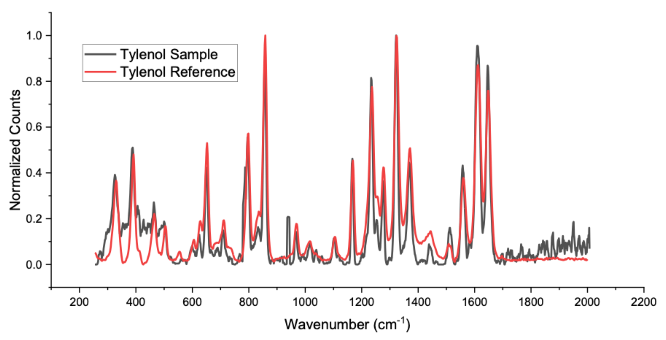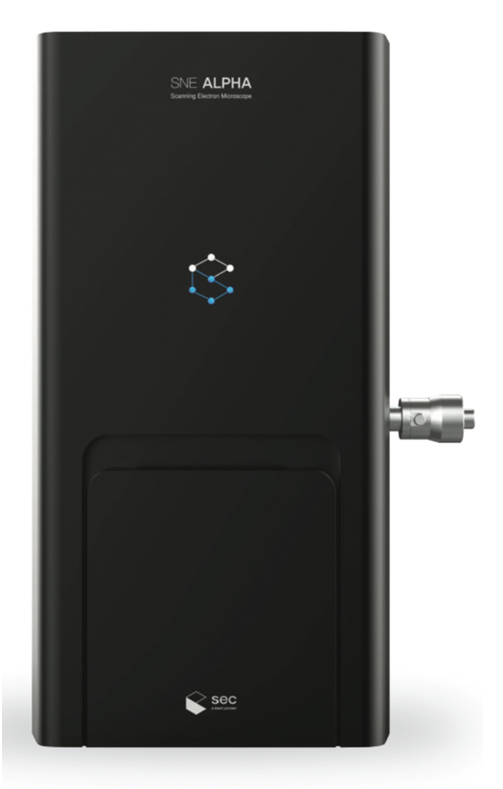Sponsored by NanoImagesReviewed by Olivia FrostJul 22 2025
In pharmaceutical research, understanding complex materials is vital; however, current methods are outdated. Tabletop SEM with Raman and EDS is seen as the future for pharmaceutical research.
Traditionally, separate microscopes were needed to study a single sample, slowing and complicating the research process. Moving samples between instruments risks damage and reduces the probability of obtaining precise and repeatable measurements. This process is also time-consuming, especially in multiuser facilities.

Image Credit: NanoImages
Typical in-situ Raman Workflow
Samples are first prepared for imaging and analysis. This can include cleaning, polishing, and mounting on a sample holder.
Next, samples are placed into the SEM for Correlated Light and Electron Microscopy (which includes Raman in this example) and EDS analysis.
Prior to analysis, both optical and electron imaging is performed to confirm that both beams are focused on the area of interest. This alignment is conveniently accomplished by acquiring an optical image of the raster pattern of the electron beam using a phosphor powder.
Then, the area of interest on the sample is positioned beneath the coincident light and electron beams and a high-resolution electron microscopy image is acquired revealing surface details and characteristics.
Then, Raman spectroscopy is employed to reveal chemical and structural properties of the samples.
And finally, EDS analysis is performed to reveal elemental composition and mapping of the elements in the sample.
All of these complementary analyses can then be used to get a more comprehensive picture of your samples structure and composition.
This type of complex analysis traditionally means moving your sample between different instruments which adds time, can contaminate the sample, and lead to higher analytical costs.
All-in-One Microscope
Fully integrated CLEM Tabletop SEMs prevent these issues by allowing users to perform multiple analytical tests in one tool while maintaining sample position which increases data acquisition rates, reduces sample contamination and saves users both time and money.

SNE-Alpha Desktop SEM. NanoImages
Conclusions
Truly integrated CLEM technology improves data acquisition by transforming the way in which scientists work. By combining multiple analytical techniques in one tool, researchers can focus on what really matters: making breakthrough discoveries that change the world.

This information has been sourced, reviewed and adapted from materials provided by NanoImages.
For more information on this source, please visit NanoImages.